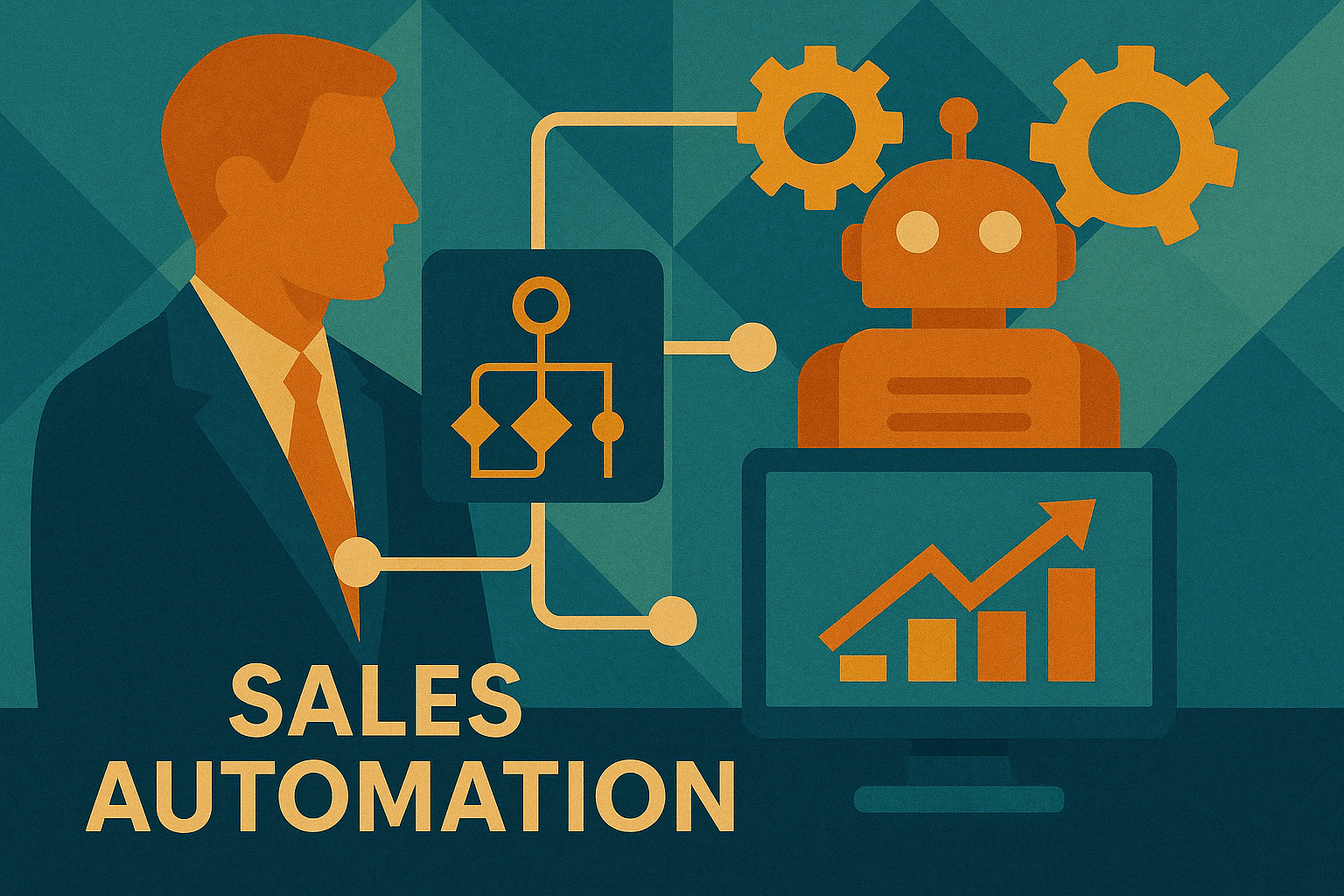Getting Started with Sales Automation
Sales automation has revolutionized how modern sales teams operate, enabling them to focus on what matters most: building relationships and closing deals. In this comprehensive guide, we'll explore the fundamentals of sales automation and how you can implement it effectively in your organization.
Sales automation refers to the use of software and technology to automate repetitive sales tasks, streamline workflows, and improve overall sales efficiency. By automating routine activities, sales professionals can dedicate more time to high-value activities like prospect research, relationship building, and strategic selling.
Key Benefits of Sales Automation
- Increased Productivity: Automate time-consuming tasks like data entry and follow-up emails
- Improved Accuracy: Reduce human error in CRM updates and lead scoring
- Better Lead Management: Automatically route and prioritize leads based on predefined criteria
- Enhanced Analytics: Get real-time insights into sales performance and pipeline health
1. CRM Integration
Your Customer Relationship Management (CRM) system should be the central hub of your sales automation efforts. Modern CRMs offer:
- Automated lead capture from various sources
- Intelligent lead scoring and routing
- Automated task creation and reminders
- Pipeline management and forecasting
2. Email Automation
Email remains a critical communication channel in sales. Automation can help with:
- Drip Campaigns: Nurture leads with scheduled, personalized email sequences
- Follow-up Automation: Never miss a follow-up with automated reminders and templates
- Email Tracking: Monitor open rates, click-through rates, and engagement metrics
3. Sales Intelligence Tools
Leverage data and AI to make smarter selling decisions:
- Lead Enrichment: Automatically gather contact information and company data
- Buying Intent Signals: Identify prospects showing purchase intent
- Competitive Intelligence: Stay informed about competitor activities
Start Small and Scale
Begin with automating one or two key processes before expanding to other areas. This approach allows you to:
- Learn what works best for your team
- Minimize disruption to existing workflows
- Build confidence in automation tools
- Measure ROI effectively
Maintain the Human Touch
While automation is powerful, remember that sales is fundamentally about human relationships. Use automation to:
- Free up time for meaningful conversations
- Provide better, more timely service to prospects
- Ensure consistent follow-up and communication
- Scale your efforts without losing personalization
Continuous Optimization
Sales automation is not a "set it and forget it" solution. Regularly review and optimize your automated processes by:
- Analyzing performance metrics
- Gathering feedback from your sales team
- Testing different approaches and messaging
- Updating automation rules based on results
Over-Automation
Not every task should be automated. Maintain human oversight for:
- Complex deal negotiations
- Relationship-building activities
- Sensitive customer communications
- Strategic decision-making
Poor Data Quality
Automation is only as good as the data it operates on. Ensure:
- Regular data cleansing and validation
- Consistent data entry standards
- Integration between different systems
- Regular audits of automated processes
Track these key metrics to evaluate your automation efforts:
- Time Savings: Measure hours saved through automation
- Lead Response Time: Track how quickly leads are contacted
- Conversion Rates: Monitor improvement in lead-to-customer conversion
- Sales Velocity: Measure how automation affects deal progression
- User Adoption: Ensure your team is actively using automation tools
Ready to implement sales automation in your organization? Start by:
- Auditing your current sales process
- Identifying repetitive, time-consuming tasks
- Researching automation tools that fit your needs
- Creating a pilot program with a small subset of your team
- Measuring results and scaling successful automation
Remember, the goal of sales automation isn't to replace salespeople—it's to make them more effective, efficient, and successful in their roles.
Want to learn more about implementing sales automation? Contact our team for a personalized demo of how Amolino can help streamline your sales process.
